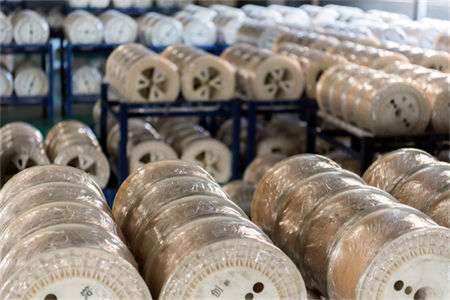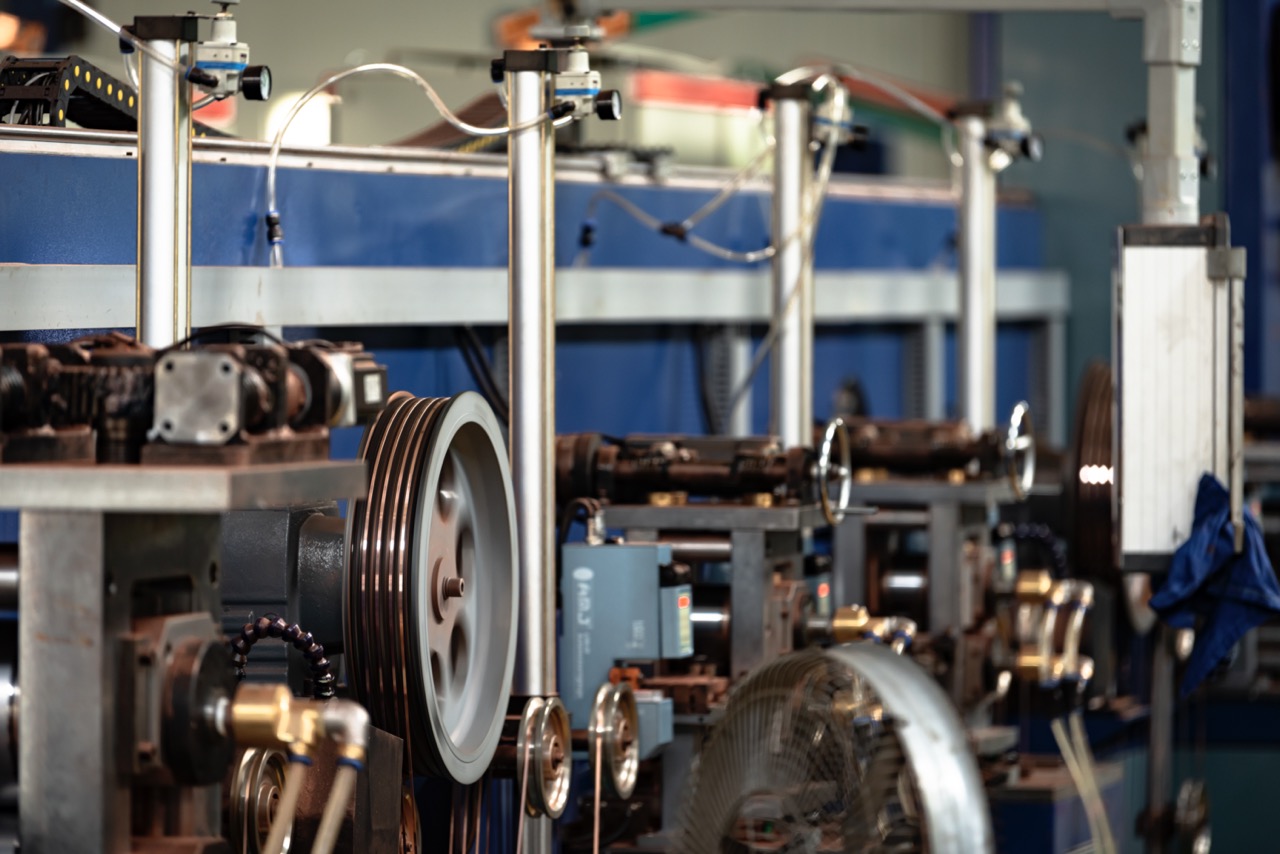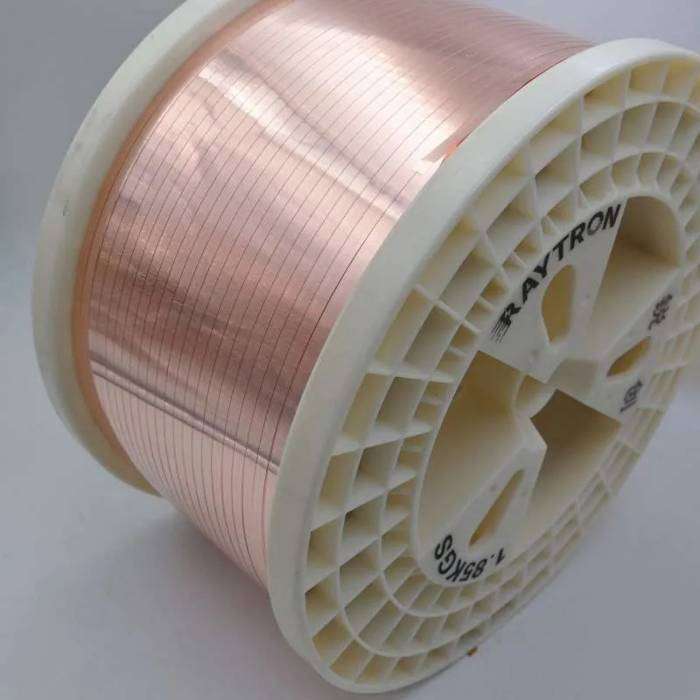When stamping copper strips are stored, humidity control is critical because moisture is one of the main causes of discoloration, oxidation, corrosion, and performance degradation of copper strips. The following are precautions for storage humidity:
1. Optimal humidity range
- Relative humidity: When storing copper strips, the optimal relative humidity should be controlled at 40% to 60% Too high humidity (such as more than 60%) can easily lead to oxidation, corrosion and sulfidation problems; while too low humidity (such as less than 40%) may cause the copper strip surface to crack or lose its luster.
2. Avoid high humidity environments
- The dangers of high humidity: In an environment with excessively high humidity, the copper strip easily reacts with moisture in the air to produce copper oxide or verdigris, causing discoloration and corrosion on the surface of the copper strip, affecting the conductivity and mechanical properties of the copper strip.
- Storage environment selection: Choose a well-ventilated place and avoid storing the copper strip in a humid, closed environment, such as a basement or a warehouse with heavy humidity.
3. Use air conditioning to dehumidify
- Use of air conditioning: When storing small-sized copper strips, air conditioning can be turned on in the warehouse to help maintain the appropriate humidity level and prevent moisture accumulation.
- Humidity monitoring: A hygrometer can be installed in the storage area to monitor the ambient humidity in real time to ensure it is within a safe range.
4. Avoid exposure to moisture
- Stay away from water: Do not store copper tape near water sources, such as near windows, near drainage pipes, etc. Direct contact with water vapor may accelerate the oxidation of the copper tape.
- Moisture-proof packaging: When packaging small-sized copper strips, use moisture-proof materials (such as aluminum foil bags, plastic bags, coated paper, etc.) to isolate the copper strips from the outside air to prevent moisture penetration.

5. Coordinated control of temperature and humidity
- Avoid large temperature differences:The change of temperature will also affect the humidity. The large temperature difference may cause the water vapor in the air to condense on the surface of the copper strip. Therefore, when storing small-sized copper strips, the temperature should be kept stable as much as possible to avoid condensation on the surface caused by alternating hot and cold.
6. Regular inspection
- Check the copper tape condition: Regularly check whether the packaging of the copper strip is intact and whether the moisture-proof measures are effective. If the packaging is found to be damaged or damp, the packaging should be replaced in time to avoid moisture intrusion.
- Check humidity changes: Check the humidity of the storage environment regularly. If the humidity is too high, take timely measures, such as using more desiccant or adjusting the storage location.
7. Storage location selection
- Keep away from extreme humidity: Avoid storing copper tape in an environment that is too humid or too dry. For example, do not place copper tape in places with a lot of moisture, such as the bathroom or kitchen, and avoid exposing it to direct sunlight.
8. Appropriate packaging
- Sealed packaging: Use moisture-proof sealed bags or packaging boxes to store copper tape and ensure that the packaging is intact.
- Packaging material selection: Try to use packaging materials that can resist external moisture and chemical erosion, such as vacuum packaging, plastic film or moisture-proof paper.
Summarize
Humidity control is critical during storage. Proper humidity not only prevents oxidation and corrosion, but also ensures stable performance and quality of the copper strip. By controlling humidity, using desiccants, choosing a suitable storage environment, and regularly checking storage conditions, the quality of small-size copper strips can be maximized and damage caused by humidity problems can be avoided.

